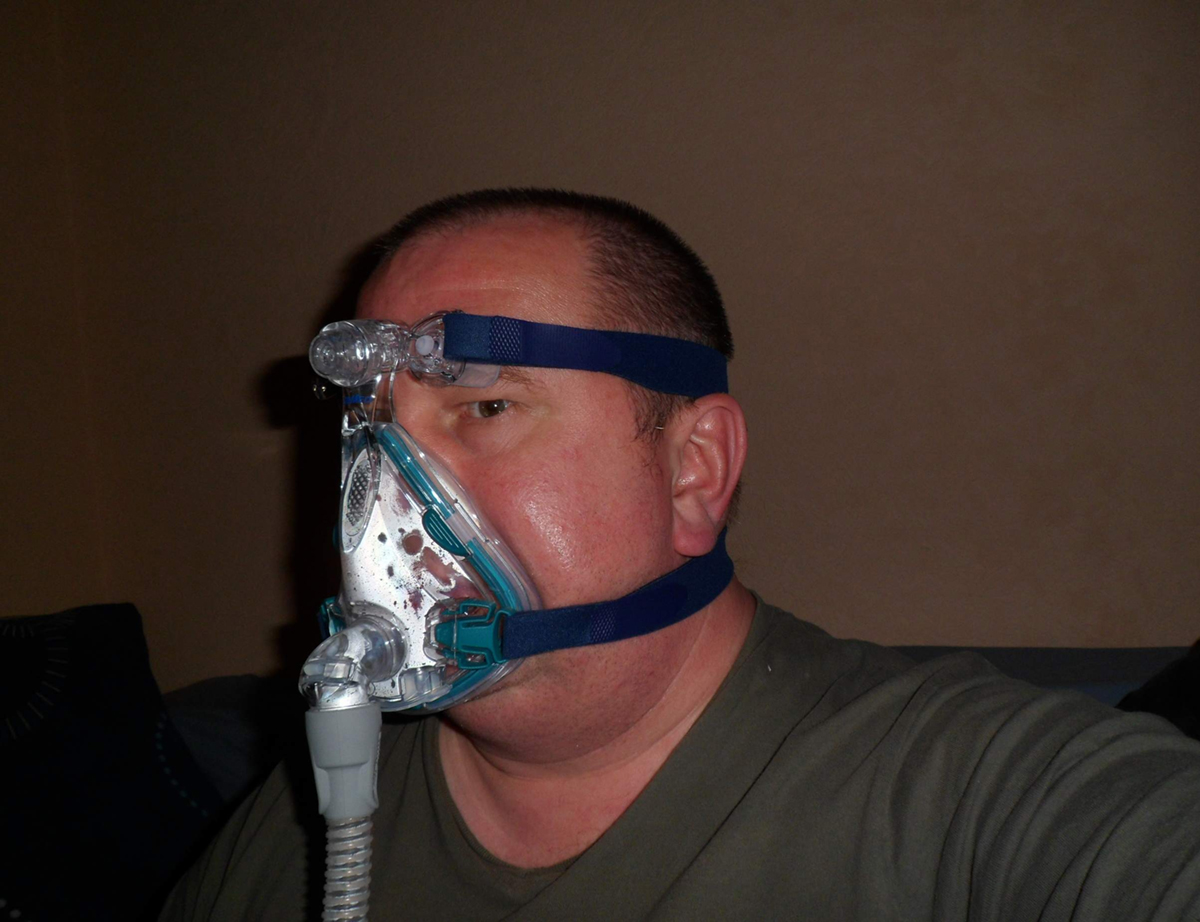
What kind of a disorder is sleep apnea and how does itmanifest?
As its name suggests, sleep apnea is a type of sleep disorder, which is characterized either by shallow breaths or by one or more pauses in breathing while sleeping. These pauses in breathing may last a minute even, although they usually last a few seconds. There are two types of sleep apnea and they are obstructive sleep apnea and central sleep apnea. The first type is more common and it is a result of the state when the muscles of the throat are relaxed, while the second type is a result of improper signals that the brain sends to the muscles responsible for the control of breathing. Although they continue to breathe normally after these pauses in breathing, people with this disorder have poor sleep, which further results in tiredness during the day.
How is sleep apnea diagnosed and can it be treated?
It is not at all uncommon that sleep apnea remains undiagnosed, because the signs that may indicate it cannot be noticed or recognized at the doctor’s office, or through the blood tests, for example. On the other side, people who suffer from it can hardly diagnose it themselves, or even suspect on it, since the symptoms occur during sleep. Family members or partners are usually of greatest help here, because they notice that something is wrong. On the other side, there is a test called nocturnal polysomnography, which can help in detecting this condition.
However, it is very important to treat this condition timely, because if left untreated, it may increase the risks of diabetes, obesity, hypertension, arrhythmias, stroke, and other heart related conditions. Depending on the severity of the case, the treatment may consist of a simple change of the lifestyle and habits, which primarily refers to quitting smoking and losing the unnecessary weight. There are also devices that help in unblocking the airway, but in some cases, the surgery may be the best solution. Those surgical procedures that are considered helpful in curing sleep apnea are uvulopalatopharyngoplasty, maxillomandibular advancement, and tracheostomy. The therapy called continuous positive airway pressure is suggested to some of the patients, and it requires wearing the mask over the nose while sleeping. Some patients may find it helpful to use supplemental oxygen, but there are also a number of other therapies available.


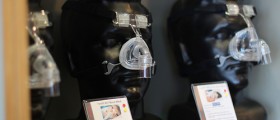
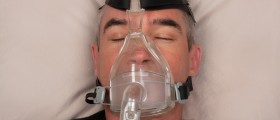

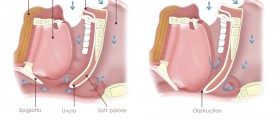
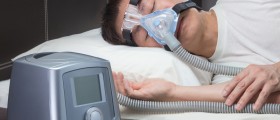
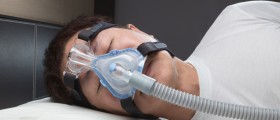
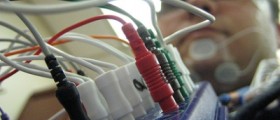
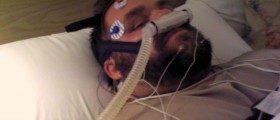

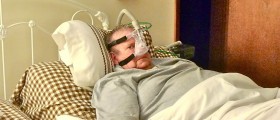
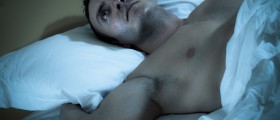
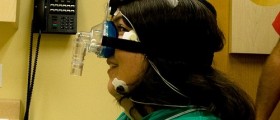



Your thoughts on this
Loading...